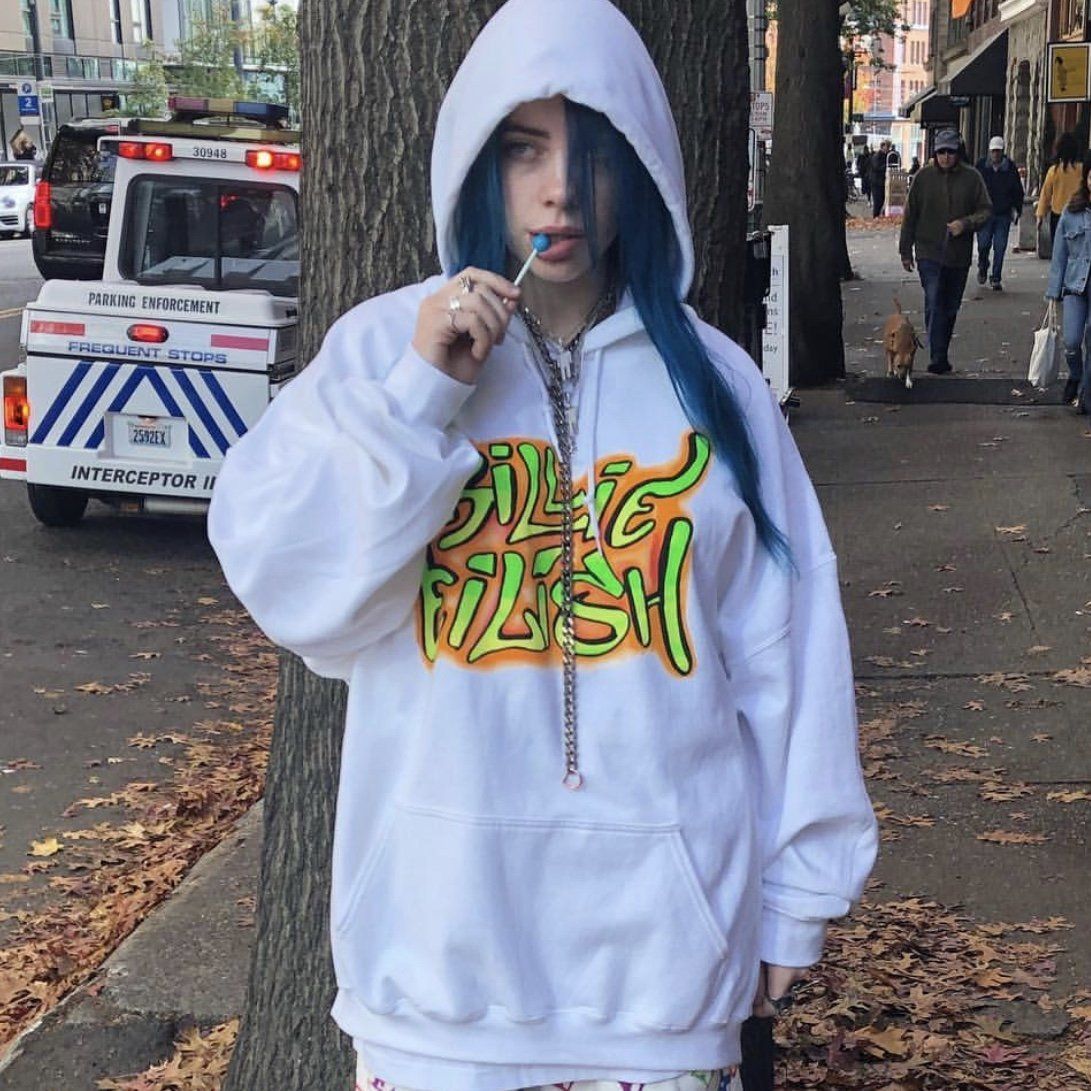How Stars Like Billie Eilish, Cate Blanchett, Ayo Edebiri and Emma Stone Are Making Red Carpet Fashion Sustainable
More stars are leading an increased push to inspire change by wearing eco-friendly custom looks, choosing vintage pieces and donning previously worn dresses at major events: "People look to us for inspiration."

“It’s very difficult as a stylist to be entirely sustainable,” says London-based Karen Clarkson, whose clients include Lashana Lynch, Samantha Morton and Joey Richardson. “You can’t save the world by fashion styling. It’s about trying to incorporate little things we can be doing into our work.”
The stylist and creative director recently dressed Richardson in a vintage Catherine Walker power-shoulder gown, rather than in a new piece of clothing, for the premiere of Lady Chatterley’s Lover. Behind the scenes, Clarkson recycles, employs reusable garment bags, reuses foundation garments when possible and avoids disposable supplies like sticky lint rollers. Clarkson also pulls from her own vintage shop and archive, Found and Vision, plus scours Certified B-corp luxury resale site Vestiaire Collective — which as of Nov. 25 became the first global designer marketplace to ban fast fashion.
Related Stories
For over a decade, both Livia Firth’s Green Carpet Fashion Challenge and Suzy Amis Cameron’s Red Carpet Green Dress — now RCGD Global — have challenged Hollywood stylists and stars to incorporate eco-friendly and slow-fashion efforts into their headline-making outings. Firth attended the 2010 Golden Globes in a Christiana Couture upcycled wedding dress — “At the time, everyone’s perception was that sustainable fashion equals hemp, basically,” she recalls — and since then A-listers have followed suit, from Viola Davis at the 2012 BAFTAs in a Giorgio Armani gown made of recycled soda cans to Olivia Colman in 2019 accepting her BFI Fellowship in a custom gown by sustainable designer Deborah Milner.

Along with the fashion industry, Hollywood has ramped up sustainability efforts considerably this year. At the Met Gala in May, Louis Vuitton provided 14 ambassadors and friends of the house, including Gemma Chan and Cynthia Erivo, with stunning pre-worn recent-collection and archival looks. The momentum continued at the Oscars, with Kirsten Dunst, styled by Nina & Clare, wearing a ruffled fall 2002 Christian Lacroix Haute Couture dress from Beverly Hills vintage store Lily et Cie. As part of RCGD Global’s ongoing collaboration with Tencel, Tati Gabrielle glowed in a custom Hellessy gown, ethically made from eco-friendly lyocell fibers. Billie Eilish wore an upcycled Gucci gown to the Met Gala and incorporated sustainability awareness on her summer tour. Most recently Cate Blanchett, who is styled by Elizabeth Stewart, has been re-wearing her own looks on her Tár promo rounds.
“We have a responsibility as leaders in the community working with celebrities and influencers to produce a trickle-down effect,” says Kristen Stewart’s longtime stylist, Tara Swennen, who often dresses the actress and Chanel ambassador in the house’s archival pieces. “People look to us and these moments for inspiration and innovation.” Swennen regularly incorporates vintage and cruelty-free fashion into her clients’ looks, plus offsets her work-required travel by donating to carbon-offset group 8 Billion Trees. Swennen also serves on the advisory council of New Standard Institute, which introduced The Fashion Sustainability and Accountability Act, the first legislation setting standards for major brands in the industry.
On a mission to subvert the women-shaming “Who Wore It Best” mentality, Swennen encourages clients to re-wear pieces even previously photographed on other celebrities. “I hate the idea that once something is worn on the red carpet, the sample is essentially locked and loaded for editorial for the rest of its life — and it can’t be redone,” says Swennen. Last year, she styled Andrea Savage in a silver-embellished Dolce & Gabbana LBD, which model Miranda Kerr wore a month earlier. US Weekly actually did pit the two against each other in its popular feature, which Savage gamely posted on her Instagram.
Swennen hopes Hollywood can make a dent in the rise of damaging fast-fashion consumerism. Each year, the U.S. alone discards up to 11.3 million tons of textile waste — about a staggering 2,150 items of clothing per second. “We need to change the way we shop,” says Swennen. “We need to change the way we care for our clothes.”

Similarly, vintage moments on the red carpet can be a way to encourage people to wear secondhand. “[It’s about] wearing something that was loved all those years ago and giving it new life,” says stylist Laura Sophie Cox, who recently styled Never Have I Ever’s Richa Moorjani in a 2002-era Prada acid yellow slip-dress and dressed The Bear‘s Ayo Edebiri in a fall 2003 Alexander McQueen “power suit,” both from Tab Vintage.
Stylists also say that transparently produced couture can be another eco-conscious option. Colman’s stylist Mary Fellowes — who is the creative director and founder of sustainable fashion consulting firm GreenWith Studio — often collaborates with in-house design teams or provides guidance on incorporating “cleaner” materials and techniques for custom looks. During Elizabeth McGovern’s Downton Abbey: A New Era rounds, Fellowes also sourced from Varana. The international luxury brand uses 100 percent biodegradable, natural materials, sources products from artisans and utilizes ethical small-batch production in its atelier in Bangalore, India. “You can’t separate sustainability from diversity, inclusion and equality,” says Fellowes.
Firth adds that stars who have worked with the Green Carpet Challenge and worn sustainable looks at events “say that it completely changed their experience of the red carpet. Suddenly, they were walking with a purpose and they were telling a story beyond their own.” Samata Pattinson, CEO of RCGD Global, agrees, noting that “Who are you wearing?” interviews can be a way to uplift sustainable designers, especially from underrepresented communities and the global majority. “There is an opportunity to say, ‘I’m wearing this brand because their values align with mine,’ ” she says. “This is so much more than a beautiful aesthetic piece. This is a conversation. This is livelihoods. This is equity.”
Pattinson also encourages stars who embrace vintage to use the moment as an opportunity to talk about the pre-fast fashion “history” of clothing design, when hand-craftsmanship was valued and garments were made from non-toxic dyes and natural materials.

She further suggests that sustainability conversations around pre-worn shine a light on how people are affected in communities most vulnerable to the fashion industry-fueled climate disaster. Pattinson points to how discarded American clothing, under the guise of donations, crowds marketplaces and landfills in countries like Ghana and Chile. “That practice is suppressing local design industries,” she says. “Because they have this burden, they aren’t able to showcase and elevate their own designers. Their own couture designers.”
Of course, no one — from the A-client to the stylist with a strong social following — wants to “greenwash” and tout performative, misguided or just incorrect practices. So ongoing due-diligence research is essential; Clarkson and Cox recommend the app Good on You, which doles out ratings on sustainable fashion. But ahead of awards season, more resources are easily available to expand the industry discussion. With an endorsement from its longtime partner, the Academy of Motion Picture Arts and Sciences, RCGD Global launched its free online Sustainable Style Guide (rcgdglobal.com). And Firth’s sustainability consulting/creative agency, Eco-Age — creator of the Green Carpet Challenge — just debuted its own guide, the GCC Style Handbook



